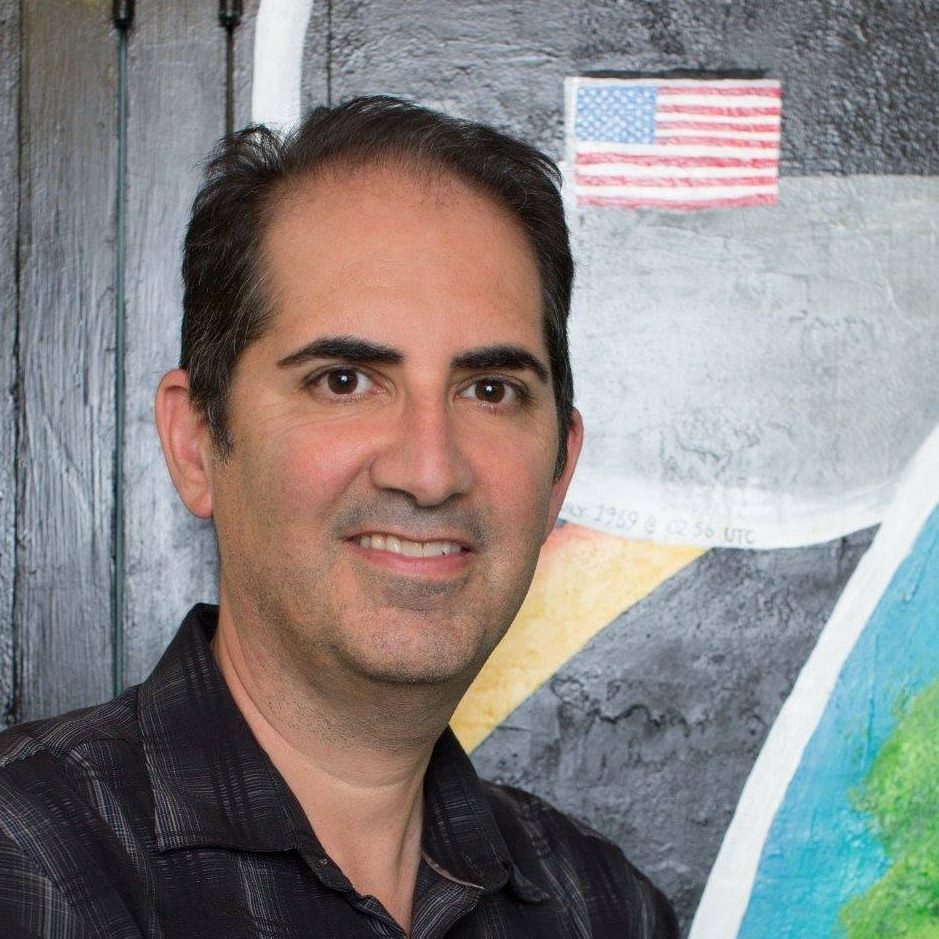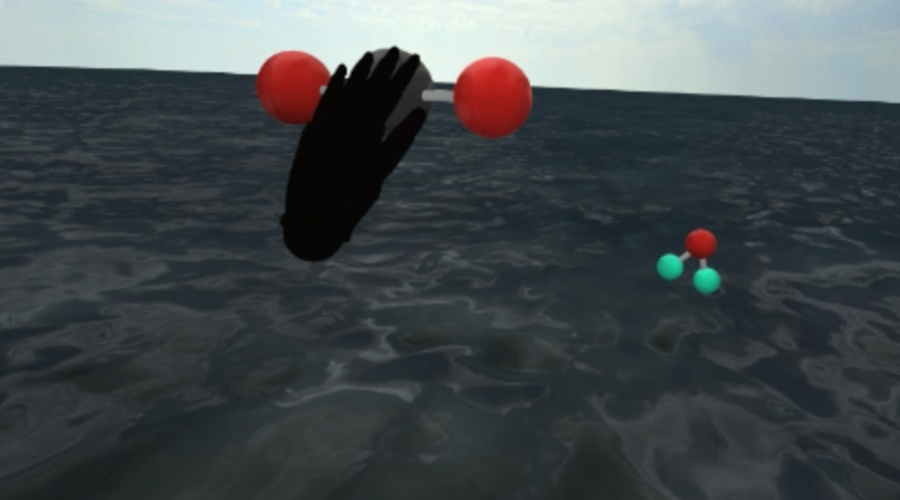What’s New in Educational VR
What’s new in educational VR? Not that much in the classroom practical sense. Unless your school has an insane budget there’s still no way for a group of students to experience VR the way it’s meant to be. For parents with the means, a VR headset and computer can provide additional learning experiences like travel or reading gives kids a leg up. School is not yet ready to provide VR, unfortunately.
Even though it isn’t quite mainstream yet, I’m still impressed if not obsessed with VR’s educational potential. At its core, virtual reality is about having an experience. People learn best and remember more from experiences that they can make meaning from. It’s less abstract than reading or watching something. Unfortunately what most peoples think is virtual reality is often a passive 360 movie watching experience.
The new Oculus Go headset that retails for about $200 is good for watching movies and simple content with little interaction. It’s possible to use these in the classroom now, but there is very little content to justify the expense. The Google Expedition VR and AR experiences are wonderful and if they get integrated with the Oculus Go headset, I’ll go begging on Donors Choose or whatnot for that.
Google Expeditions is a wonderful tool for the few teachers that have been able to use it. Speaking of Google, they have made two of the most vibrant applications in virtual reality, Google Earth VR and Google Tilt Brush. Google Earth VR is simply amazing and an app that everyone should have the opportunity to use on a regular basis. In short you can fly anywhere you want to on earth, most places have a real 360 street-view bubble that you can look at by raising your arm. One drawback is that you need a robust internet connection to make the rendering efficient, which I have not been able to achieve in the classroom. For some reason the Google Earth VR app is blocked on my school network. Another limitation of Google Earth VR right now is that you cannot create tours, so practically speaking students will be on their own. While it’s not “there” yet, I’m hoping Google is planning to combine Expeditions content with Google Earth VR to blow us away.
It’s hard for educational content to compete with the interactivity of the best games. Most of the educational content is passive lecture-based exploration. The most exciting games like Super Hot and Beat Saber don’t seem to have much of an educational value, but they do make you get up and sweat. The challenge for educators is to imagine educational content that involves student agency, plenty of physical movement, and a game-like experience of “flow”.
As a classroom teacher I’m looking for three basic things in VR:
- realistic explorations in outer space.
- realistic explorations in inner space.
- students to create content.
While I’m dreaming of the hopefully near future, I’ll stay here in the present tense.
There are a plethora of outer space apps most of which are dull but still worth checking out. The game Lone Echo does the best job of integrating gameplay and learning activities. You could see it being adapted for educational purposes just by changing the missions a little bit and adding assessment features.
Here are some of the more recent releases of educational interest. Keep in mind that these apps have to be experienced in a VR headset to do any of them justice.
For space exploration, Space Explorers has released two 15 minute films that show you real astronauts training and learning to cooperate internationally.
BBC Home takes you on a spacewalk on the International Space Station that always seems to end badly.
There are several interactive ISS apps, a recent one Tour of the ISS integrates videos from European astronauts in a way that was more interesting after doing different simulations.
NASA has released a short app that lets you experience an SLS (Space Launch System) event.
And while the Apollo 11 sim is still great and available on Oculus Go as well, it’s also possible to flip switches and experience a Mercury mission from within the cockpit.
The app “Within” contains several 360 videos of note. Some people do not consider 360 videos to be really VR, and I somewhat agree. Videos in VR are a whole new way of film making and communicating so are still worth considering.
Some of the highlights are a series on Climate Change including melting ice, crazy wildfires, loss of rainforests, surfing.
There is a series called “The Possible” which includes a human hoverboard with drones, futuristic robots, space tourism and the LIGO project (Laser Interferometer Gravitational-Wave Observatory).
From an empathy viewpoint, the most moving video I saw on Within, besides Clouds Over Sidra, was Step to the Line. In this video, volunteers and inmates play a game that reveals so much about what people have in common.
For science content, there is a short visit to Antarctica,
a clumsy but promising interactive periodic table,
a satisfying look at the structure and function of Hoover Dam,
a visit to the Pantanal to learn about Jaguars.
After having gall bladder surgery earlier this year, I got to relive it a little in this clunky but interesting app.
Another app with potential is the Stanford Ocean Acidification Experience. It visualizes CO2 in the atmosphere and allows you to combine some molecules in the ocean to see how the chemistry works.
There is more history apps than anything else. The problem is that history can become boring really quick. Some apps take you into museums, Masterworks takes you to some UNESCO historical sights, it’s ok not great.
7 Wonders of the Ancient World is also ok, it’s more interesting than reading and looking at pictures probably.
The Teaching Company released an excellent guided tour of Venice and then you can fly around in GEVR on your own.
LA Noire is a game set in a fictional 1940s era Los Angeles, and you get to drive around if you want, which also contrasts interestingly with GEVR. Either way it’s nice not to be stuck in LA traffic.
Pretty well done new educational apps include a tour of the Anne Frank House in Amsterdam
and an experience created by the National Civil Rights Museum in Memphis.
For entertainment, I enjoyed the Jurassic Park video
and excerpts from Cirque du Soleil’s Ka, Luzia and O.
































